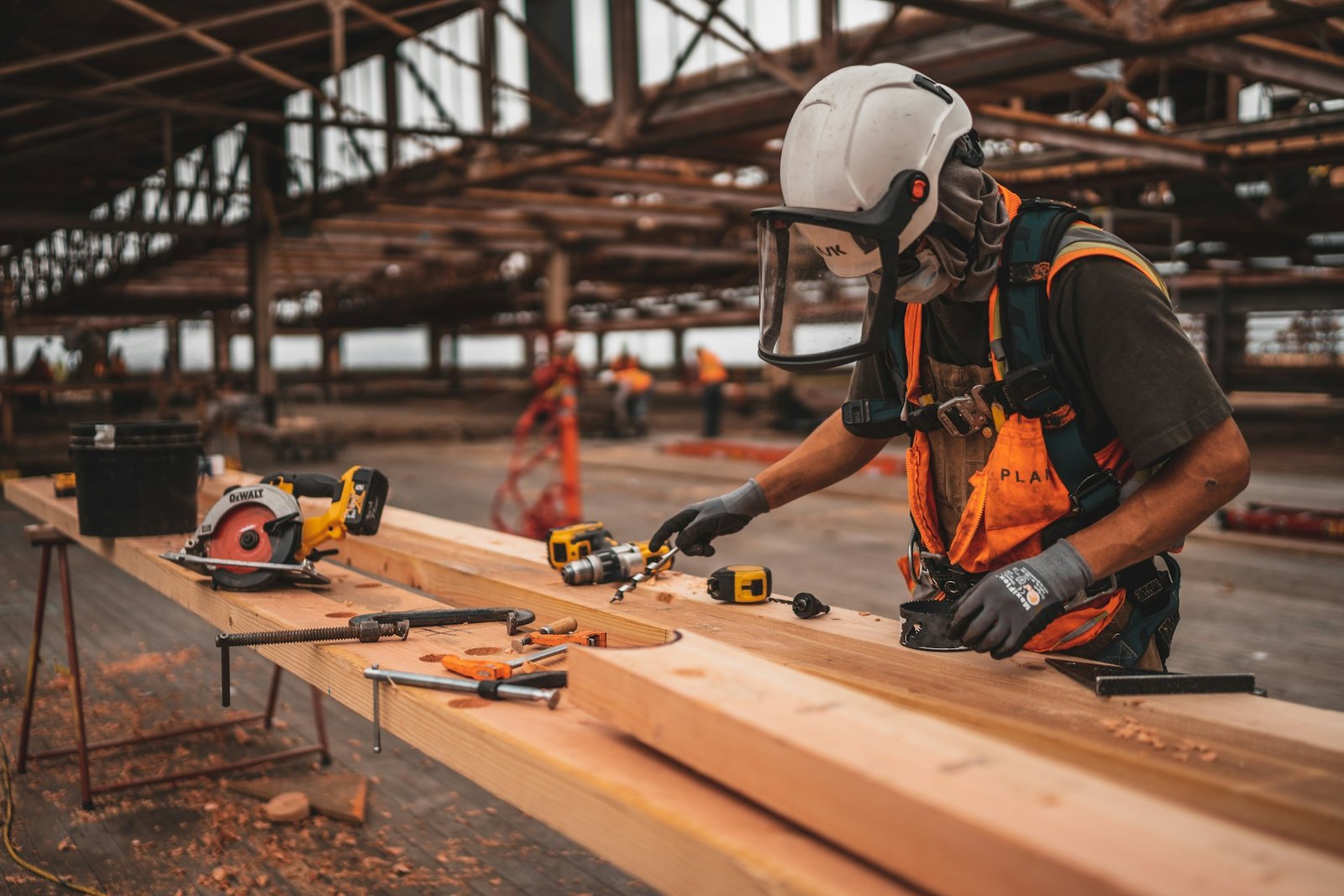Not every crack or sloped floor means you need to rush into a $30K+ foundation repair. But some issues do require prompt action—delaying can turn a simple fix into an expensive emergency. Here’s how to tell the difference, what warning signs to watch for, and a realistic timeline for each scenario.
🚩 5 Red-Flag Signs That Demand Immediate Attention
- Sudden, Large Cracks
- What to look for: Horizontal cracks wider than ¼″, stair-step cracks in brick/block walls, or cracks that appear overnight.
- Why it’s urgent: These often indicate lateral pressure or shifting soil—risks for wall bowing or collapse.
- Timeline: <24–48 hours to get an inspection; structural shoring may be needed immediately.
- What to look for: Horizontal cracks wider than ¼″, stair-step cracks in brick/block walls, or cracks that appear overnight.
- Rapidly Worsening Floor Slopes
- What to look for: A change of more than ¼″ in one month at the same spot (measured with a ZipLevel or digital level).
- Why it’s urgent: Accelerating settlement can undermine beams and joists, leading to sagging or collapse.
- Timeline: 1–2 weeks to schedule a pro; temporary supports may be required quickly.
- What to look for: A change of more than ¼″ in one month at the same spot (measured with a ZipLevel or digital level).
- Doors/Windows Jamming Suddenly
- What to look for: Previously smooth doors/windows that are now hard to open or close, especially on multiple sides of the house.
- Why it’s urgent: Indicates frame distortion, often from foundation movement. Left unchecked, trim and drywall can fracture.
- Timeline: 1 week to diagnose and brace; permanent solutions within 30 days.
- What to look for: Previously smooth doors/windows that are now hard to open or close, especially on multiple sides of the house.
- Wet Basements with Active Leaks
- What to look for: Continuous water seepage, pooling on the floor, or bulging walls after rain.
- Why it’s urgent: Water erodes soil bearing capacity, creating voids that can lead to sudden collapse under load points.
- Timeline: 48–72 hours to install temporary drainage (pumps, gutters); 1–2 weeks for waterproofing or regrading.
- What to look for: Continuous water seepage, pooling on the floor, or bulging walls after rain.
- Tilted Chimneys or Stairs
- What to look for: A visibly leaning chimney, or stairs that develop gaps from the back wall.
- Why it’s urgent: These are heavy structures; if their foundation shifts, catastrophic failure can occur.
- Timeline: Immediate shoring (same day) and structural evaluation within 3 days.
- What to look for: A visibly leaning chimney, or stairs that develop gaps from the back wall.
🛠️ Less Urgent—but Still Important: Watch These Over 1–6 Months
- Small, Hairline Cracks (< 1/16″) in non-load-bearing walls
- Minor Floor Slopes (0.25″–0.50″ over 20 feet)
- Efflorescence or Damp Spots without active leaks
- Repeated Door/Window Stickiness only in high-humidity seasons
Action:
- Month 1: Document changes with photos and level readings.
- Month 2–3: Schedule a comprehensive inspection.
- Month 4–6: Plan phased repairs or monitoring.
🔍 How to Monitor Your Foundation Over Time
- Quarterly Level Checks
- Use a digital level or ZipLevel at the same benchmark points.
- Record readings in a simple spreadsheet.
- Use a digital level or ZipLevel at the same benchmark points.
- Photo Log
- Date-stamp, photograph cracks, bowing walls, or bulges every 3 months.
- Date-stamp, photograph cracks, bowing walls, or bulges every 3 months.
- Moisture Mapping
- Scan for damp spots monthly in basement/crawlspace using a moisture meter.
- Scan for damp spots monthly in basement/crawlspace using a moisture meter.
- DIY Visual Inspections
- Walk your perimeter monthly after rain: look for pooling water, soil washout, or new gaps.
- Walk your perimeter monthly after rain: look for pooling water, soil washout, or new gaps.
📆 Realistic Repair Timeline
| Urgency Level | Inspection Timeline | Repair Timeline |
| Critical (Red) | Within 24–48 hours | Emergency shoring same day; full repair within 1–2 weeks |
| High (Orange) | Within 1 week | Permanent repair within 2–4 weeks |
| Moderate (Yellow) | Within 1 month | 1–3 months (phased approach possible) |
| Low (Green) | Within 3–6 months | 3–12 months (monitor & plan budget) |
🔑 Key Takeaways
- Act Fast on sudden, large cracks; rapid slopes; stuck doors; active leaks; and leaning structures.
- Monitor minor issues over months—use levels, photos, and moisture meters.
- Get Multiple Bids: Compare data-driven proposals (minimum/moderate/conservative scopes).
- Phase Work: Address the worst spots first, then revisit others after stabilization.
Protect your home by combining early detection with measured response. Don’t let fear or pressure rush you into unnecessary repairs—or leave you at risk for a real disaster.




